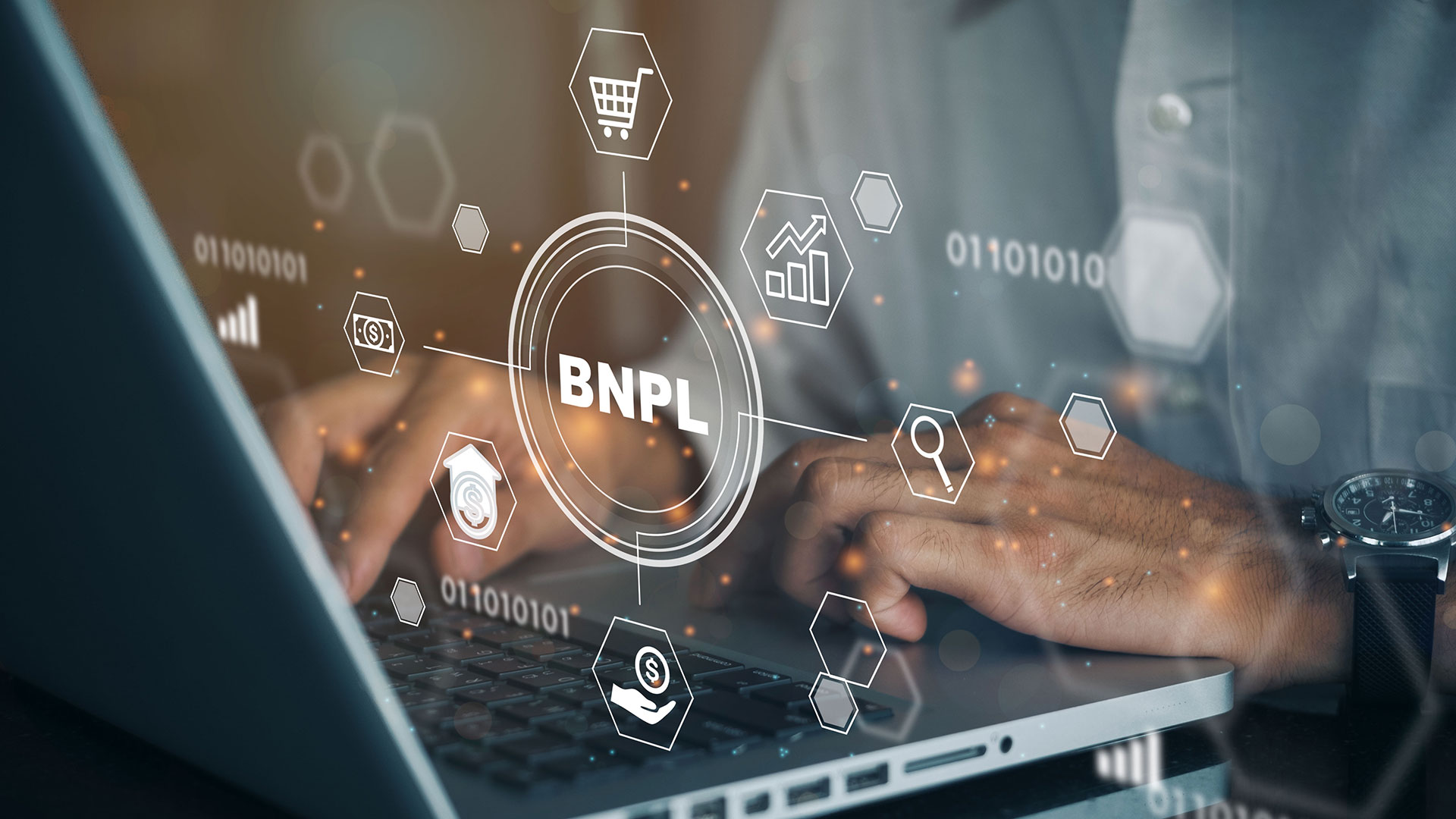Buy-now-pay-later may have emerged as a business to consumer service, but it also has potential in the B2B space as a refined version of invoice factoring.

Many businesses would welcome the ability to pay suppliers in instalments rather than a lump sum, particularly when cash flow is challenging. For those lacking assets such as real estate or inventory to put toward as security against loans, the appeal of working with BNPL platforms that use algorithms and credit checks to onboard customers is obvious.
B2B BNPL companies embed themselves in the supplier’s sale process and offer quasi-instant net terms to end customers, explain Corinne Riley and Sarah Guo from venture capital firm Greylock Partners. Suppliers get paid 100% of the invoice up front (minus the fee) with the BNPL company managing credit decisioning, bearing default risk, and managing collections.
This fledgling market is strongest in North America, where a survey conducted by B2B BNPL solution provider Tabit found that more than half (53%) of Canadian small business owners would consider a financing solution where payment instalments are made over time.
Aiga Senftleben, Co-Founder and Managing Director of B2B BNPL solution provider Billie, reckons the market for business payments could surpass its B2C equivalent given the scope for improving the customer experience.
“While best in class payment solutions have been able to create a seamless payment experience in the consumer space, companies in B2B online commerce are still struggling with outdated, pre-digitisation processes,” she says. “Having to reach for the fax machine or phone to make an invoice purchase is not uncommon here.”
Lending processes are often weighed down by old school paperwork and management systems agrees Elias Beaino, Executive Vice President of Tabit.
“While the B2B space can be resistant to digitisation there is a huge advantage to doing the work to integrate these types of solutions,” he says. “For example, buyers benefit from a seamless checkout and application process. Once they complete their application an approval decision may be delivered in as little as 30 seconds – in stark contrast to existing practices, which require buyers to complete lengthy applications and wait weeks or months to get approved, if at all.”
For sellers, where logistics used to centre on a ‘just in time’ strategy to manage supplies and inventory, BNPL options help them transition to a ‘just in case’ strategy by increasing their average order value and the frequency of purchases, reducing credit risk and making them more resourceful by adjusting internal credit management processes.
According to Beaino, the pandemic has raised the curtain on the need for collaboration between buyers and suppliers and the rise of B2B e-commerce presents a digital opportunity to facilitate that trend.
“As interest rates rise, the need for BNPL will grow as businesses look for alternative means of financing,” he adds. “Sellers can set themselves apart from the competition if they are willing to incur a merchant discount rate to offer a 0% financing option to their buyer, or a hybrid pricing model which keeps the cost of financing attractive.”
Senftleben acknowledges that it remains to be seen how the BNPL market will be affected by rising interest rates, but she says it is possible to assume a higher demand on the buyer side.
“Ultimately, increased interest rates mean that refinancing and working capital funding will become more expensive and therefore access to external funding will be more difficult,” she concludes. “Since the costs of the service are borne by the merchant and not by the buyer, a BNPL solution offers the buyer additional liquidity for the duration of the payment period.”